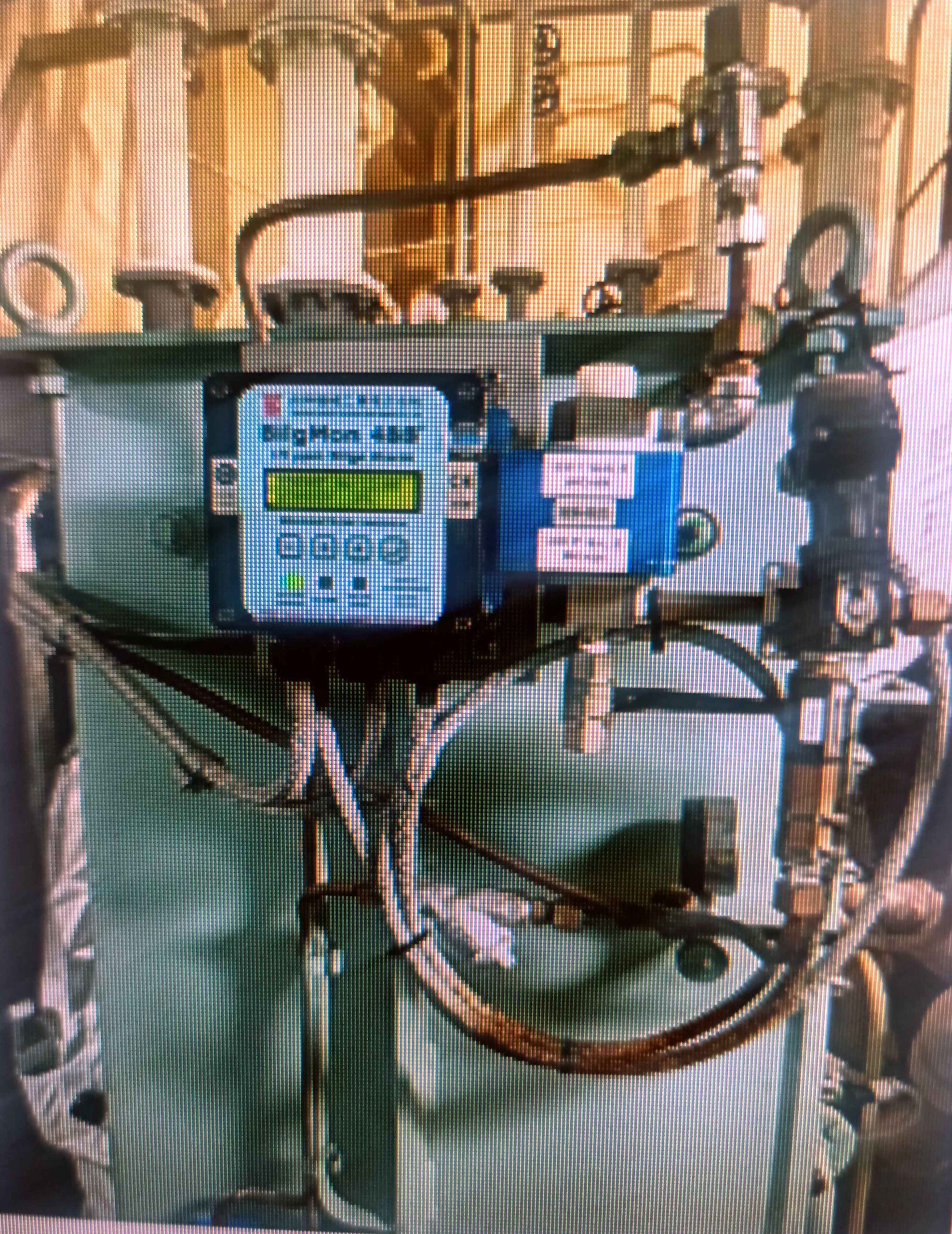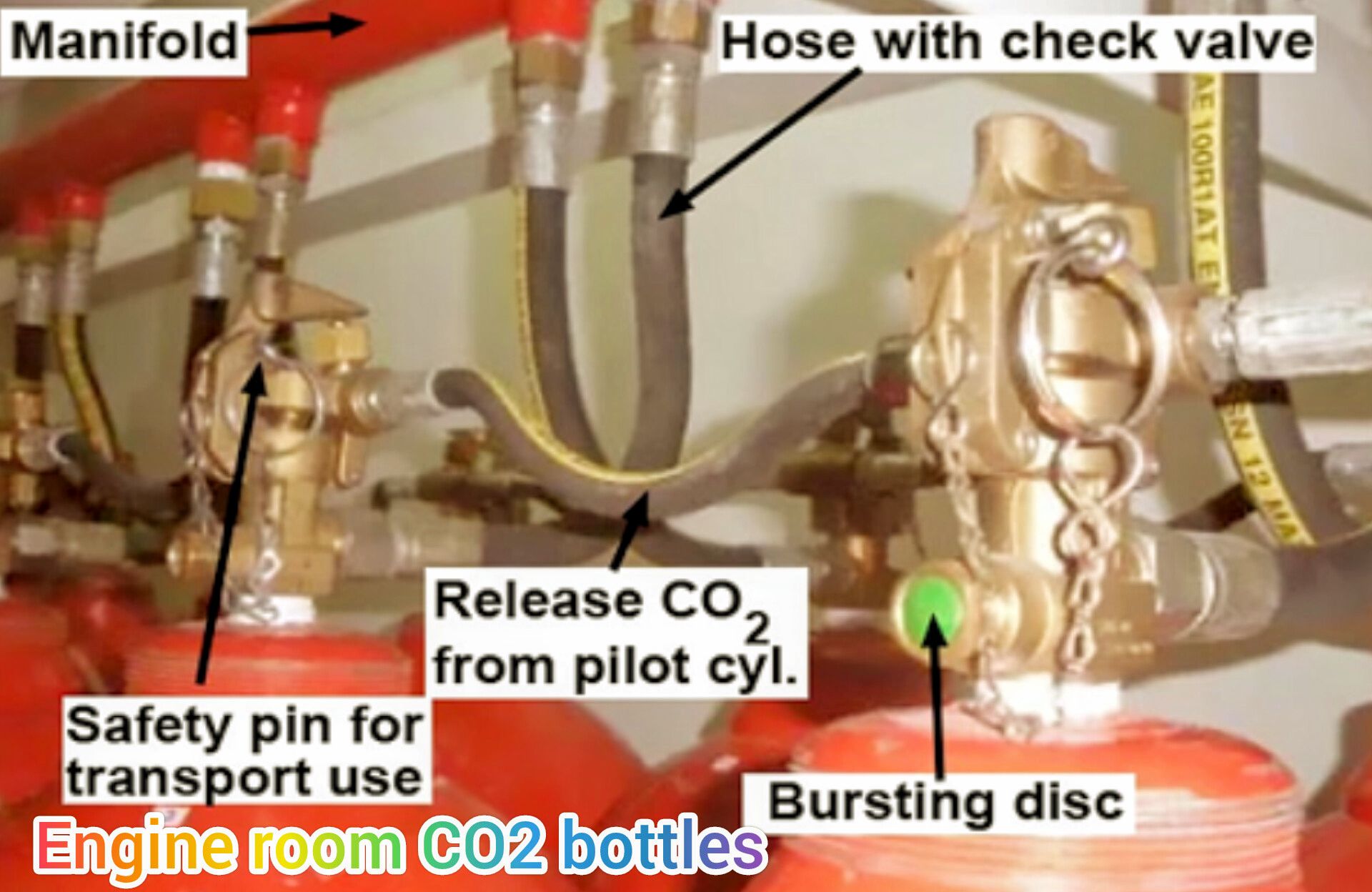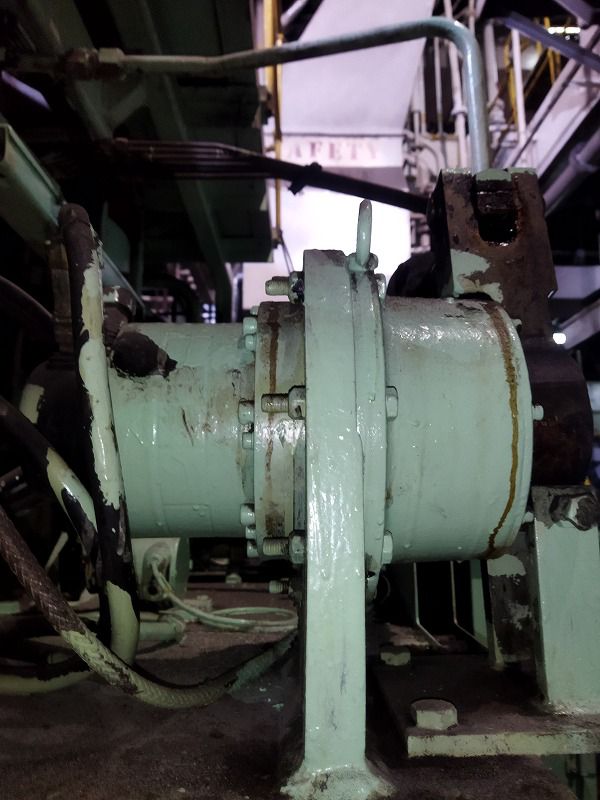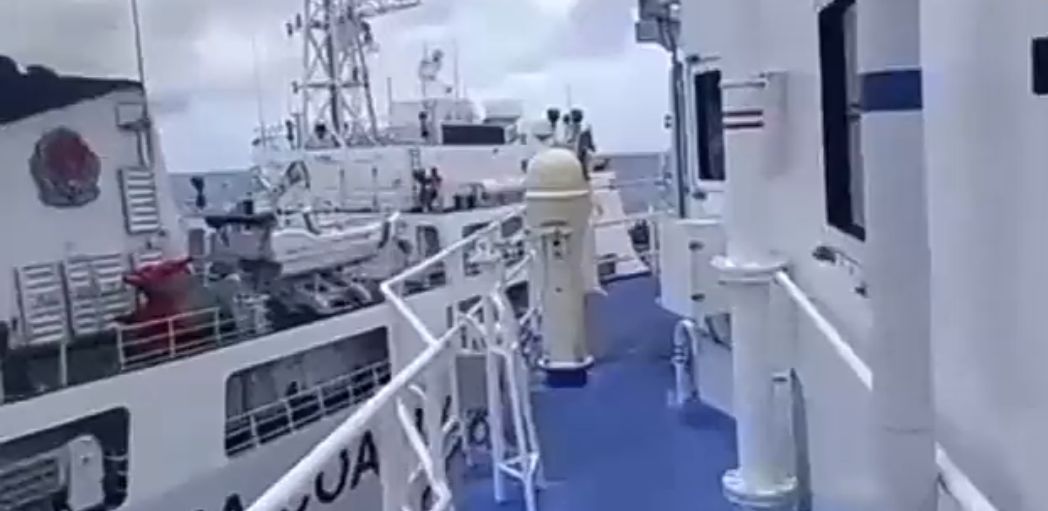On this article, we will share short and comprehensive operation and key maintenance of Balclor BWMS type BC-2500X2
The Ballast water management system (BWMS) Balclor product comprises of Automatic back flushing filter unit (AFU),

electrolytic disinfection unit (EDU), automatic neutralisation unit (ANU),



Tro sampling unit (TSU) and TRO drain unit (TDU).
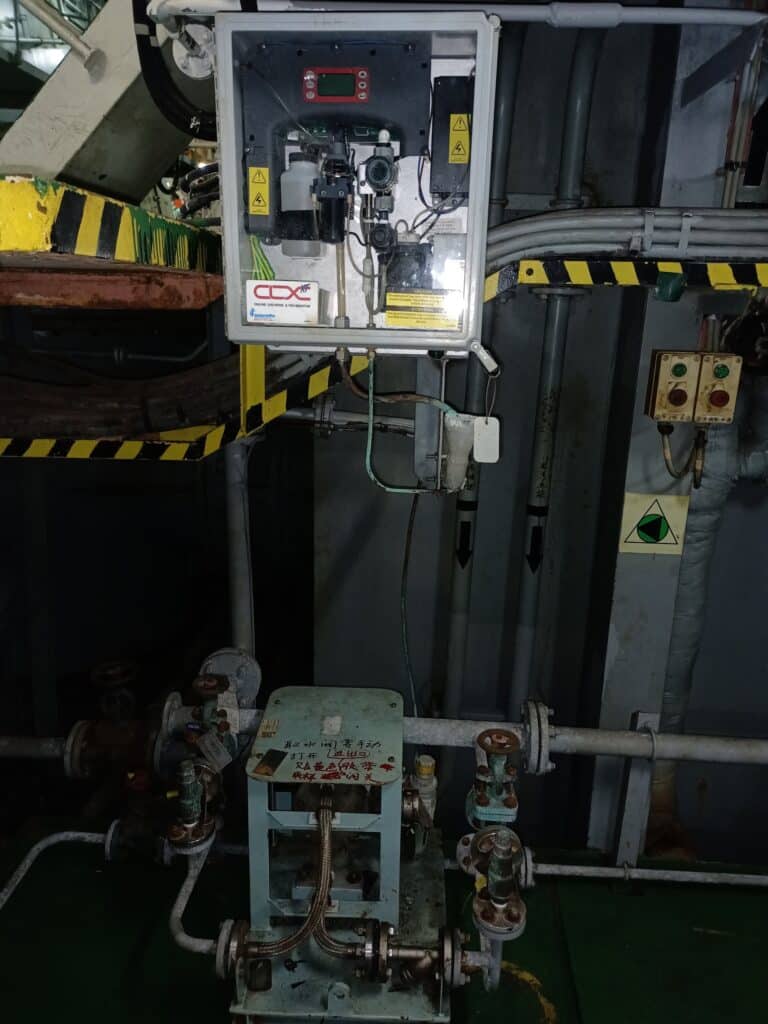

How the Ballast water treatment system work?
As per installation on site, it’s installed in such a way all is on automatic bases. When ballasting, the operator has to choose the mode of operation, just one at a time.
It’s difficult to manipulate or bypass the system without having your bypass transfers recorded. Therefore, it’s always recommended never try to bypass the treatment. Because even if you turn off the power some data will still be collected, once turned on again.
The TRO treatment Chlorine has to be removed and store in refrigerator till next usage. If not, you has to change the chlorine mixture always. Though it has life time limit of effect after mixture.
Next, auto filters has to be clear as per recommended 1-2 years base on how often you use the system.
Working principle of BALCLOR BWMS
Ballasting with Balclor BWMS – treatment unit
It’s very simple, the Ballast pump took water from sea chest and passes it through AFU for filtration of microorganism. Then, a small side stream of the filtered ballast water is delivered to the electrolytic unit (EDU) to generate the oxidants of high concentration (mainly sodium hypochlorite solution), after that, it automatically flow in or inject into the main manifold, then flow together into the ballast tank.
Sodium hypochlorite solution as a very effective germicide can be kept in ballast water for a certain period to effectively kill the plankton, spores, larvae and pathogens contained in the ballast water to meet D-2 standard.
De-Ballasting with Balclor BWMS – Neutralization unit
De-Ballasting with Balclor Neutralization unit is as simple as any thing, firstly, mix up sodium thiosulfate solution (Na2S2O3) on the tank provided.
Once the residual TRO level of the treated ballast water is below 0.1ppm, then the treated ballast water can be directly discharged. If the residual TRO level of the treated ballast water over 0.1ppm, neutralizer (sodium thiosulfate solution) is added or injected into the de-ballast pipe to neutralize residual oxidants automatically.
Hopefully this article gives you guide on how Balclor BWMS works. Have questions drop it on the comment box below.
Also, don’t forget to subscribe for more articles and updates. Bon voyage.




